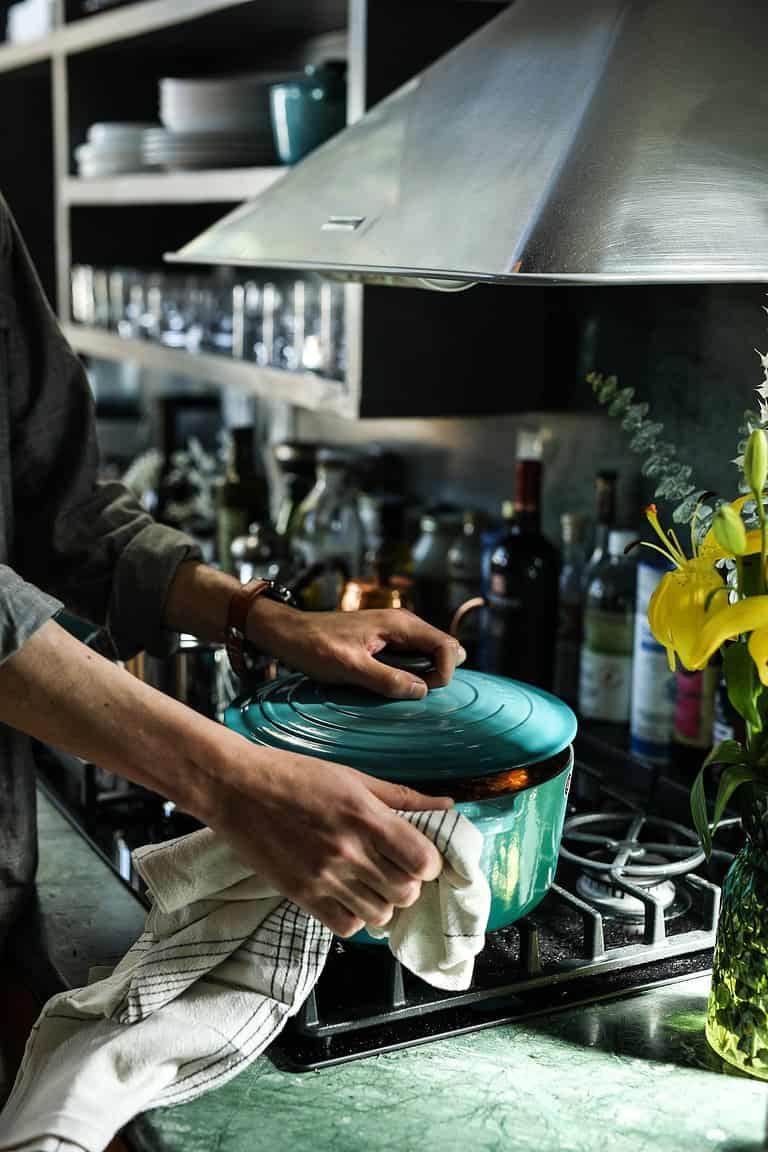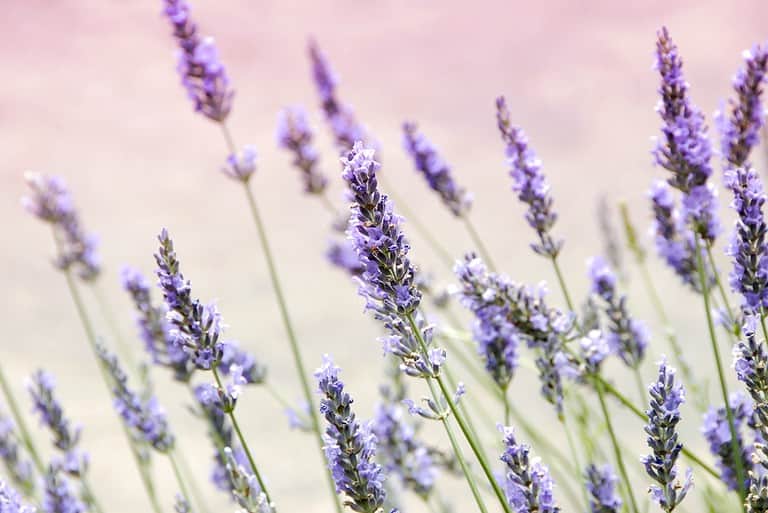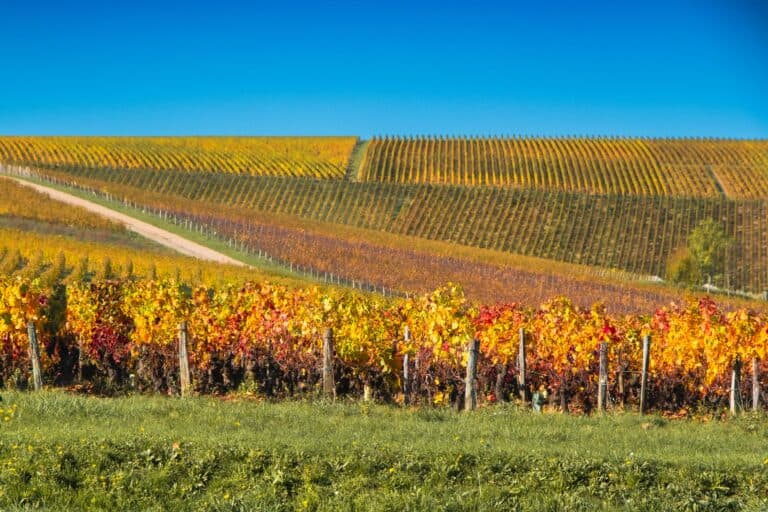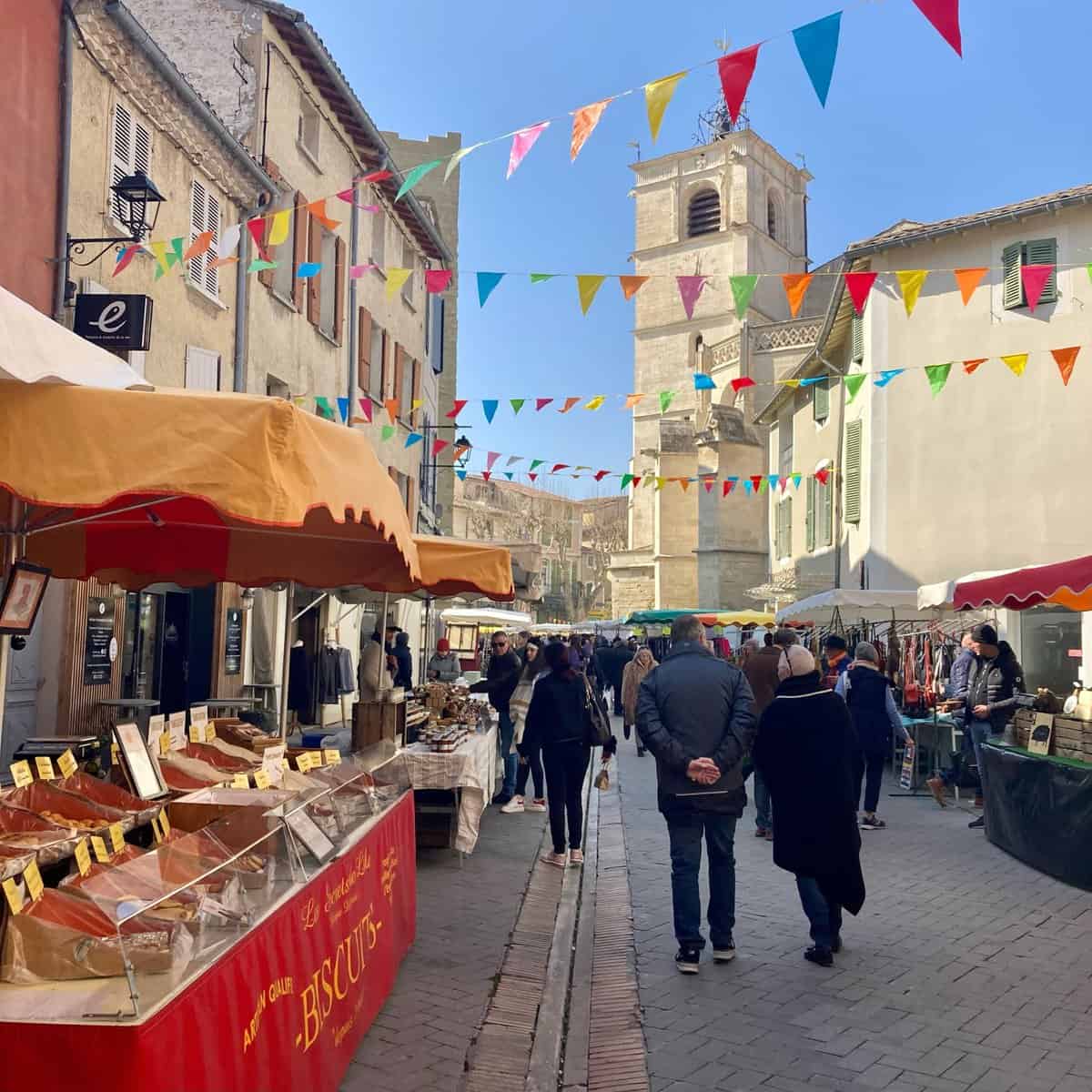A traditional French Christmas isn’t about excess or flashing lights—it’s about warmth, togetherness, and centuries-old customs that blend food, faith, and family. These enduring Christmas traditions in France reveal a culture that celebrates with meaning and restraint, where beauty is found in the smallest details.
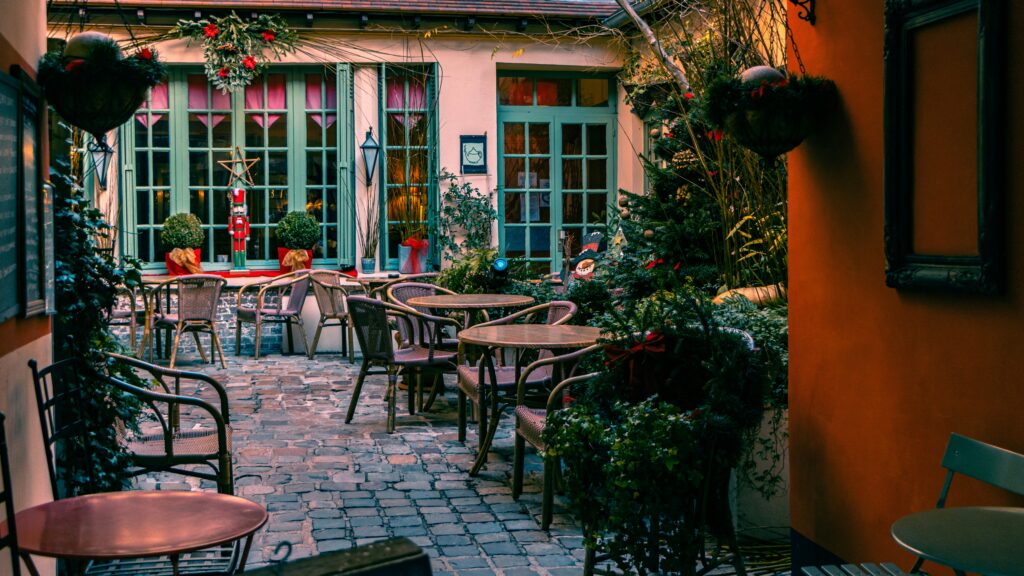
My mother, who grew up in France in the 1940s and 50s, remembers those traditions fondly. “Before Christmas,” she told me, “it was the custom to walk down the main streets at night to see the store windows. The displays were magical—Santa and his elves moving, shiny snow, reindeer, beautiful toys. It was a feast for the eyes and crowds would gather in front of these displays. Everyone was smiling.”
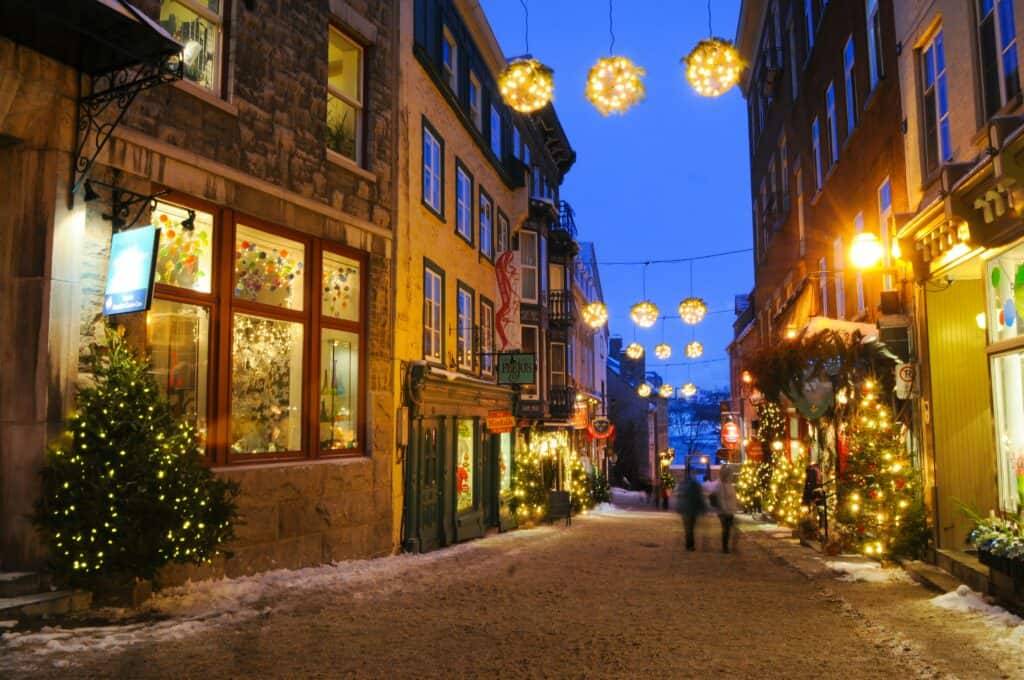
That quiet anticipation captures the essence of Christmas in France: not rushed or commercialized, but filled with a sense of wonder and community.
1. Advent and the Christmas Season
The holiday season in France begins with Advent. French families often decorate an advent wreath (couronne de l’Avent) and light one candle each Sunday leading up to Christmas. Children open calendriers de l’Avent—advent calendars filled with tiny chocolates—to count down the days.

Unlike in the United States, Christmas doesn’t arrive in stores in October. Decorations appear in late November, just as Advent begins. It’s a reflection of how French Christmas traditions favor timing, patience, and ritual over hurry.
2. The Christmas Tree — Le Sapin de Noël
The sapin de Noël (Christmas tree) first appeared in the Alsace region in the 16th century and remains a beloved tradition today.
My mother recalls, “We would buy a fresh tree only the day before Christmas—never weeks ahead. We decorated it on Christmas Eve while singing songs. There were no electric lights, only small real candles clipped carefully to the branches. It was magical.”
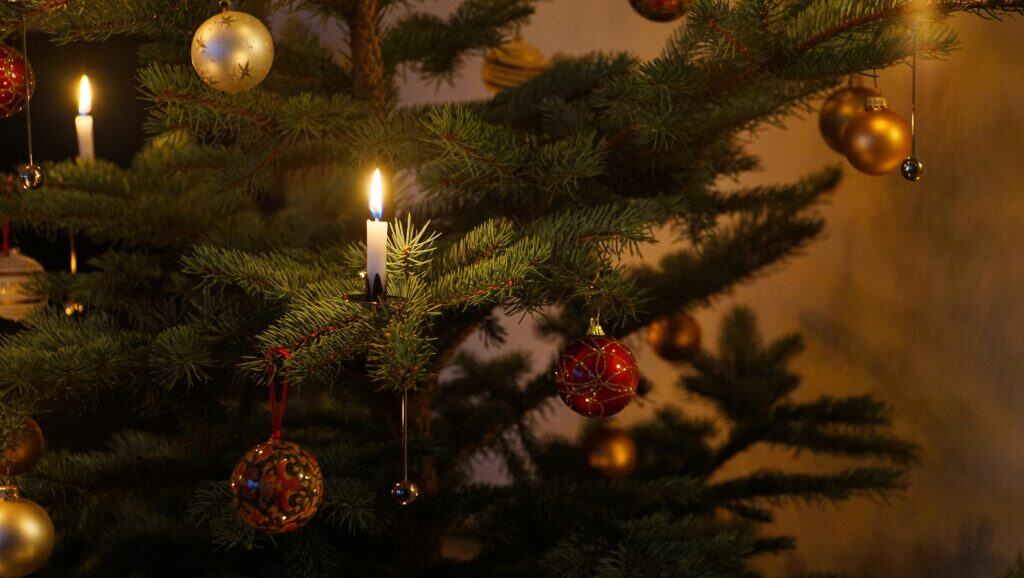
Even now, French families often prefer natural trees over artificial ones, decorated simply with heirloom ornaments, or white lights. Many families reuse the same ornaments year after year, valuing sentiment and tradition over trends.
3. The Nativity Scene — La Crèche
No French Christmas home feels complete without la crèche—a nativity scene representing the Holy Family. In Provence, it often includes santons, small hand-painted clay figures depicting local villagers like bakers, shepherds, and farmers.
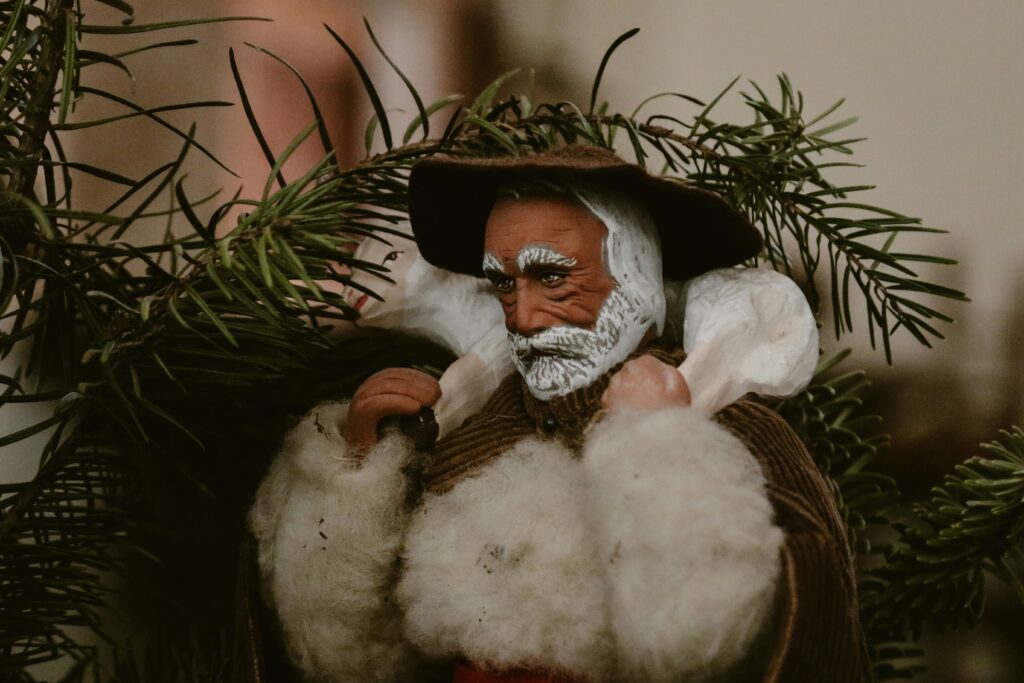
These santons tell a story that stretches back to the Middle Ages. The story goes that nativities were banned from public display. So, people created their own, out of clay, to have in their homes. Families take pride in arranging their crèche, sometimes adding one new santon each year to mark the passage of time.
4. Christmas Eve — Le Réveillon de Noël
The heart of Christmas traditions in France is le Réveillon de Noël, the grand Christmas Eve feast. Families gather late in the evening, often after attending midnight mass (la Messe de Minuit).
The Réveillon table is a celebration of flavor and abundance:
- Oysters and foie gras to start
- Roast turkey or duck as the main course
- A Cheese course served before dessert
- And of course, la bûche de Noël (yule log)—a sponge cake rolled and decorated
My mother remembers buying oysters in sacks and serving them with white wine. This leisurely dinner can last for hours, filled with laughter, conversation, and carols.
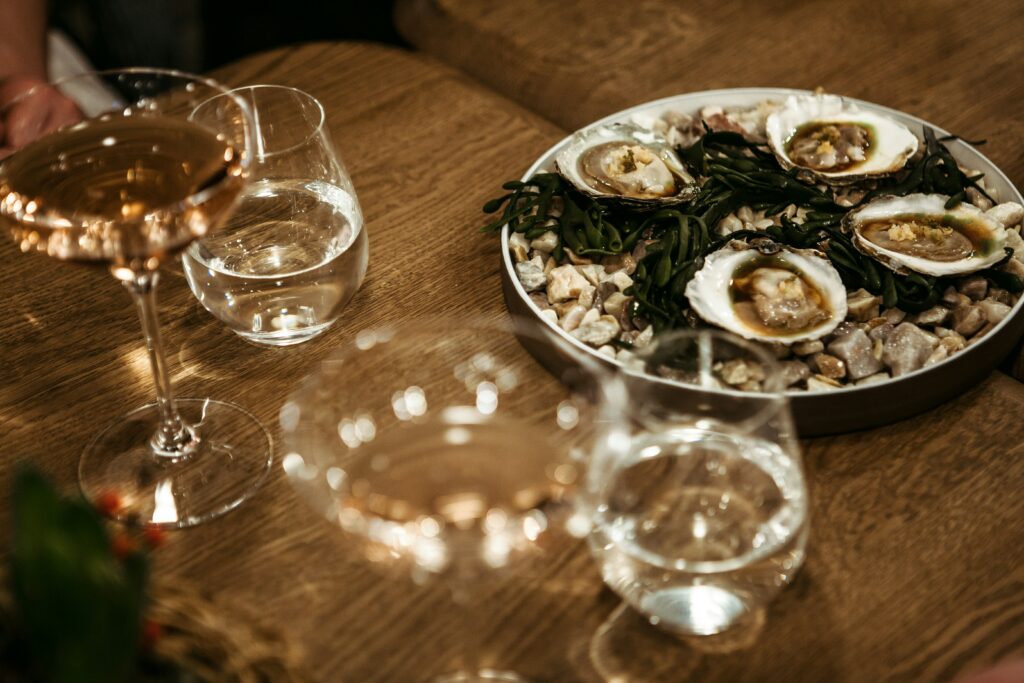
Gifts are modest and often exchanged that night—or the next morning, left by le Père Noël (Father Christmas). My mom would leave a polished shoe out at night instead of a stocking. In the morning, she would rush to see what goodies were placed inside.
5. Christmas Day and Family Gatherings
Christmas Day in France unfolds slowly. The focus is on family, food, and gratitude. French children wake to find small presents from le Père Noël, and families enjoy a relaxed breakfast before gathering again for a long Christmas dinner.
Meals often include roasted meats, vegetables prepared with olive oil or butter, and lingering cheese courses. Dessert might be another slice of bûche de Noël or, later in the season, a galette des rois (King’s Cake) to celebrate La Fête des Rois on January 6. Whoever finds the hidden charm (fève) inside the cake is crowned king or queen for the day—an old custom that symbolizes good luck and the joy of community.
6. French Christmas Markets — Marchés de Noël
Across France, marchés de Noël fill town squares beginning in late November. Wooden chalets glow with Christmas lights, selling handmade crafts, toys, ornaments, and regional treats. The most famous are in the Alsace region, especially in Strasbourg, often called “the Christmas capital of France.”
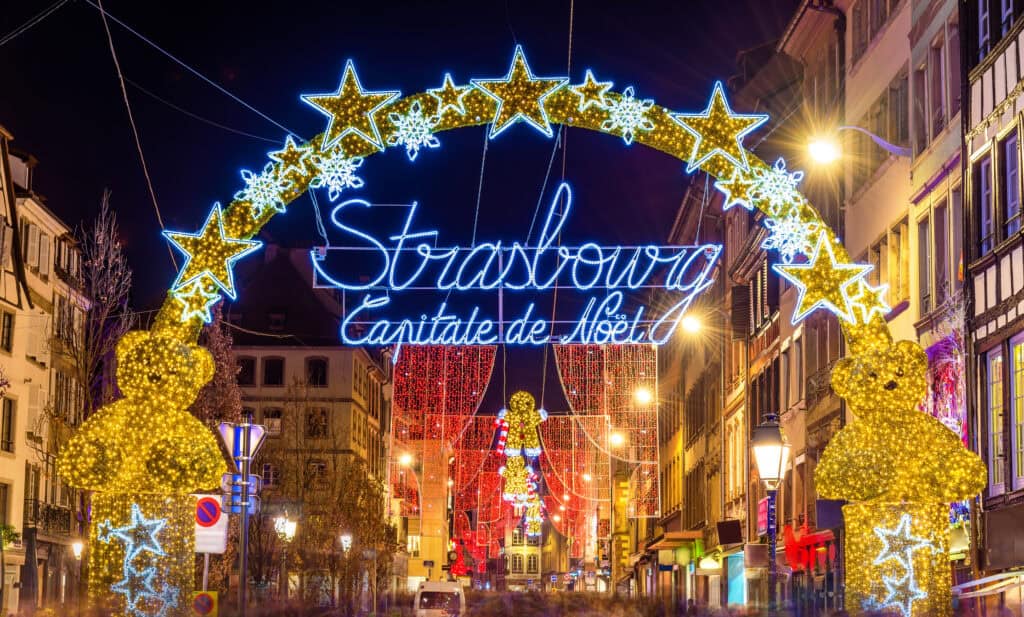
Visitors sip vin chaud (mulled wine) as carolers sing and the scent of roasted chestnuts fills the air. These festive markets reflect how French people blend joy, craftsmanship, and tradition—a celebration that feels both communal and cozy.
How to Bring French Christmas Traditions Home
You don’t need to live in Paris or Provence to experience the warmth of a French Noël. Try adding a few of these ideas to your own holiday season:
- Decorate simply and naturally. Use fresh greenery, candles, and a few cherished ornaments instead of an overload of décor.
- Make food the centerpiece. Plan a slow, beautiful meal for Christmas Eve inspired by le Réveillon de Noël—complete with oysters, white wine, cheese and dessert courses.
- Add a crèche. Create your own small nativity scene or collect meaningful figures over time.
- Bake a bûche de Noël. Whether homemade or from a local bakery, it’s the perfect dessert to share.
- Give from the heart. A small, thoughtful gift—like a bottle of homemade vanilla extract or a box of chocolate truffles—reflects the French value of simplicity and care.
- Slow down. Take evening walks to see neighborhood lights, light a candle for Advent, and savor time with loved ones.
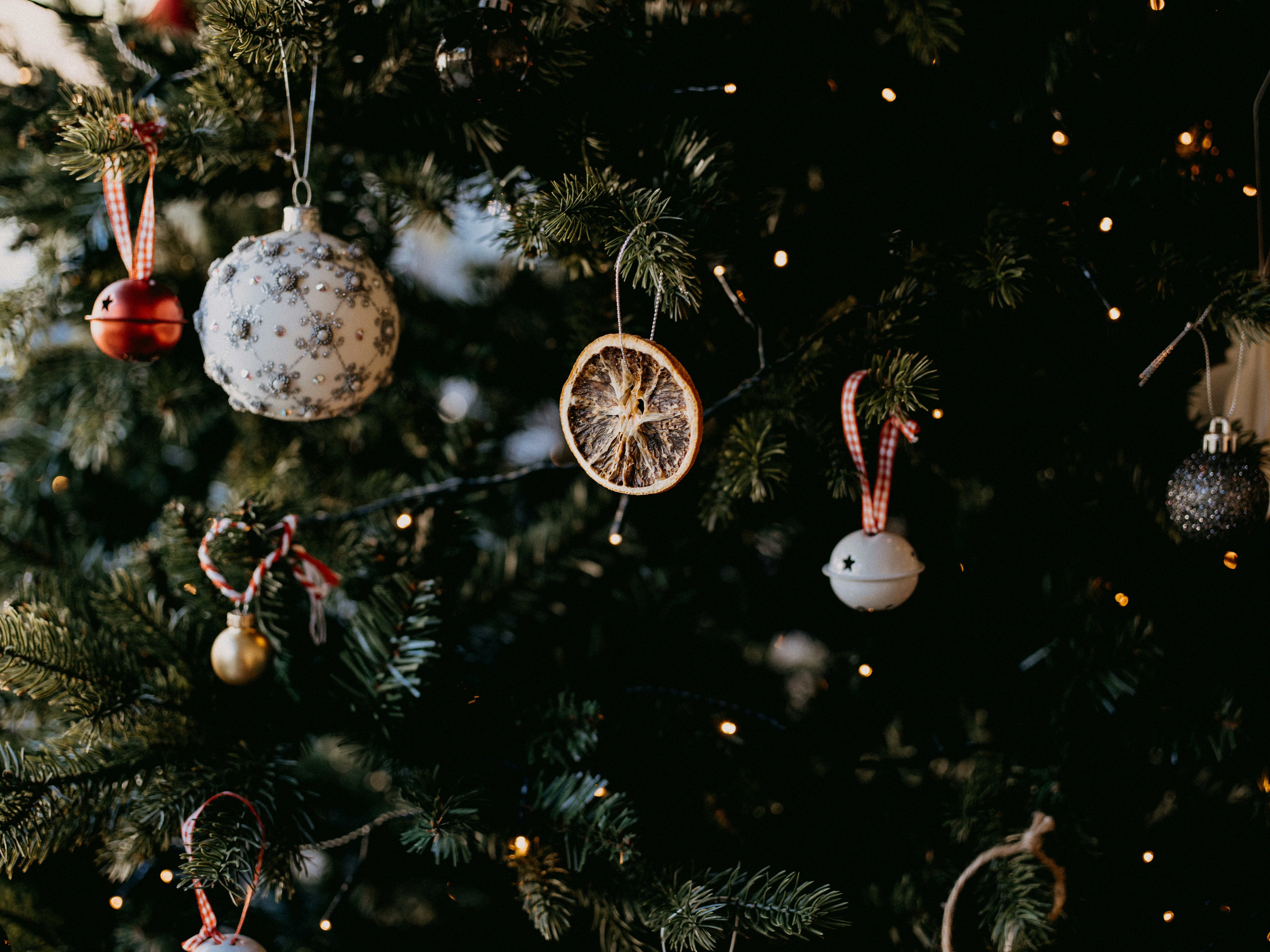
A Nourishing Perspective: From candlelit trees and bûche de Noël to oysters at midnight and family laughter, the Christmas traditions in France remind us that joy often comes from slowing down and savoring the season. These rituals—old and new—invite us to celebrate not with more, but with meaning.
Final Thoughts
As I think about my mother’s stories of Christmas in France—the candles flickering on the tree, the polished shoes waiting beneath—it reminds me how the smallest gestures can hold the deepest joy. Whether your holiday table is in Provence or in your own kitchen, may it be filled with warmth, laughter, and that same quiet sense of wonder.
Joyeux Noël, friends.
-Gaby

